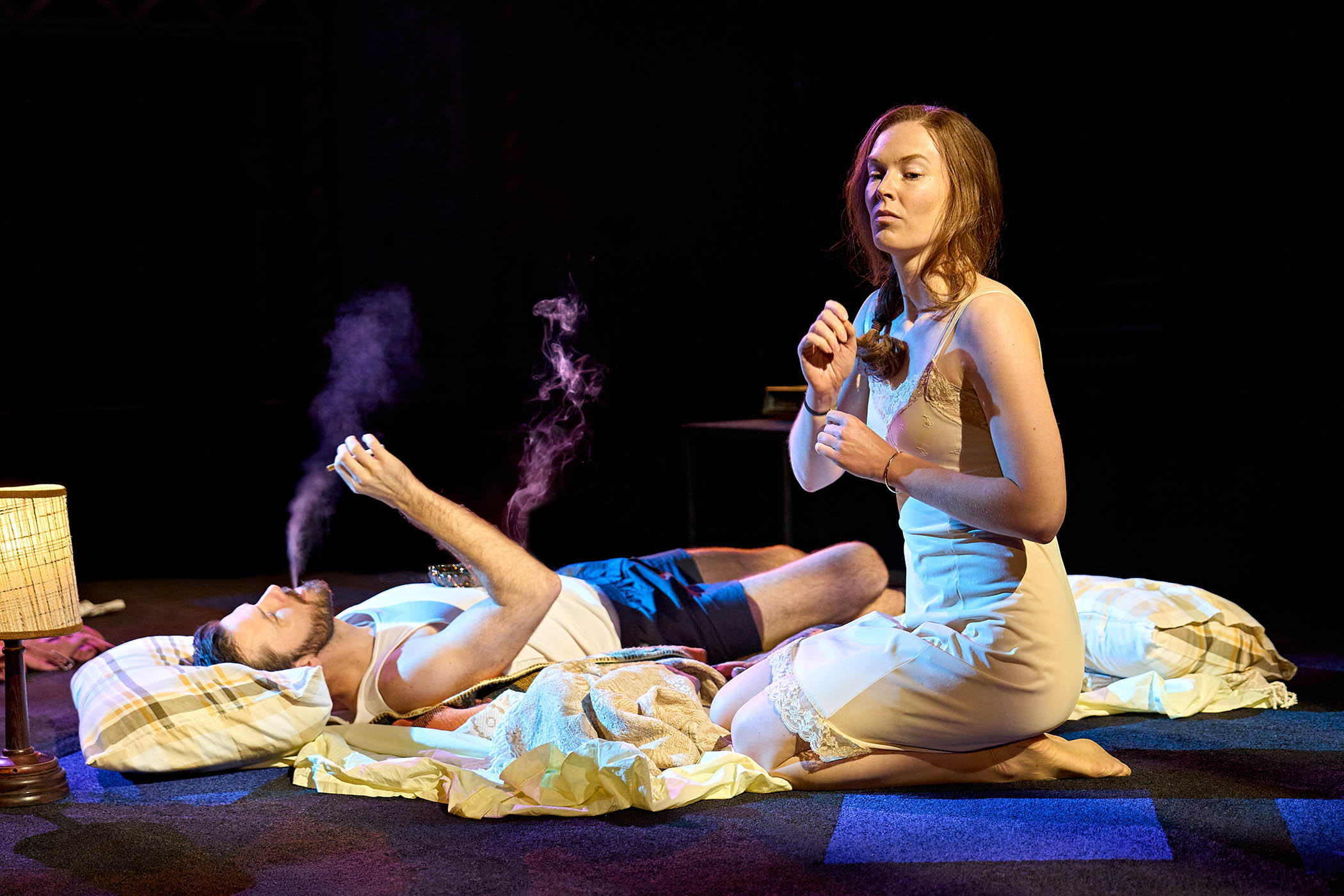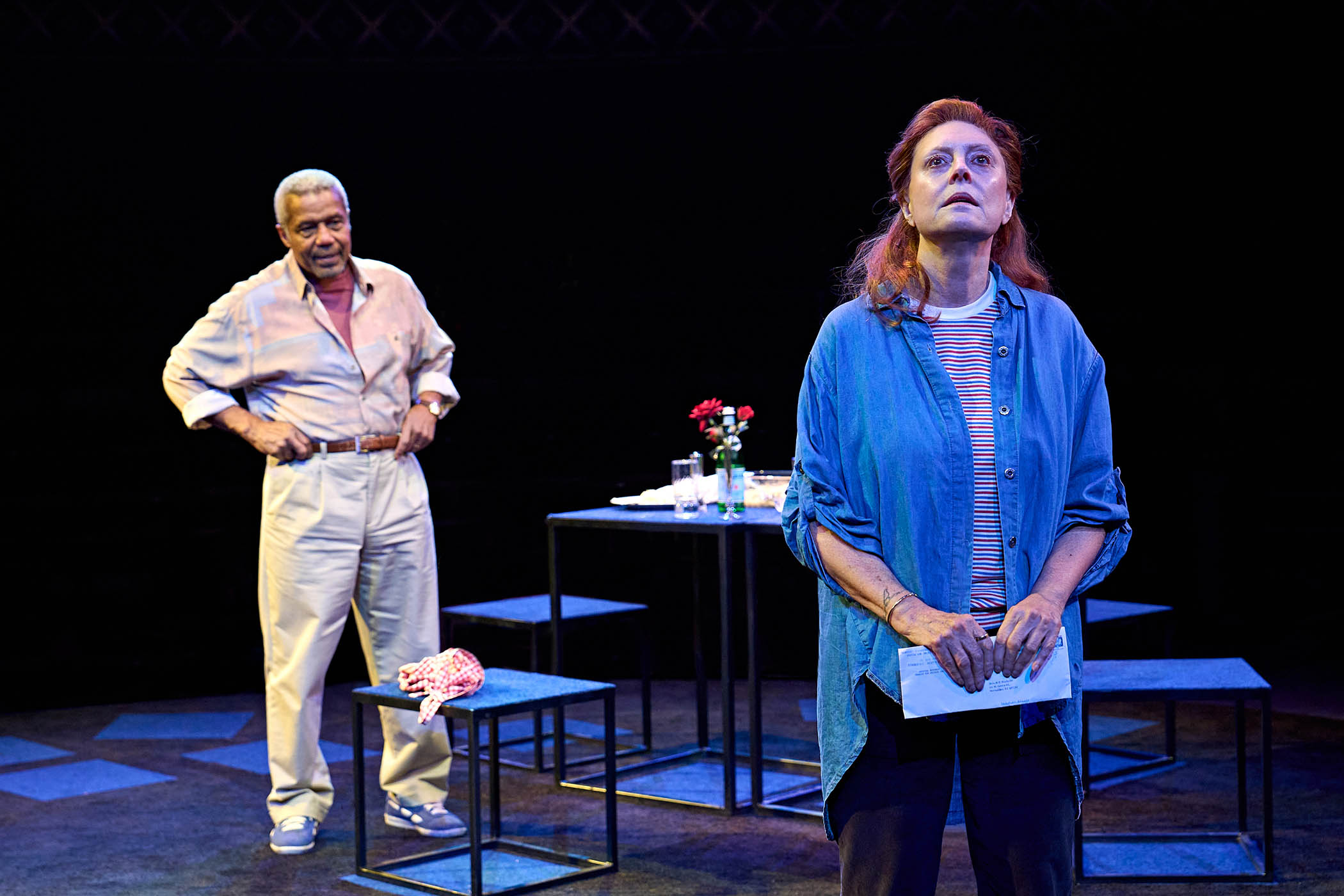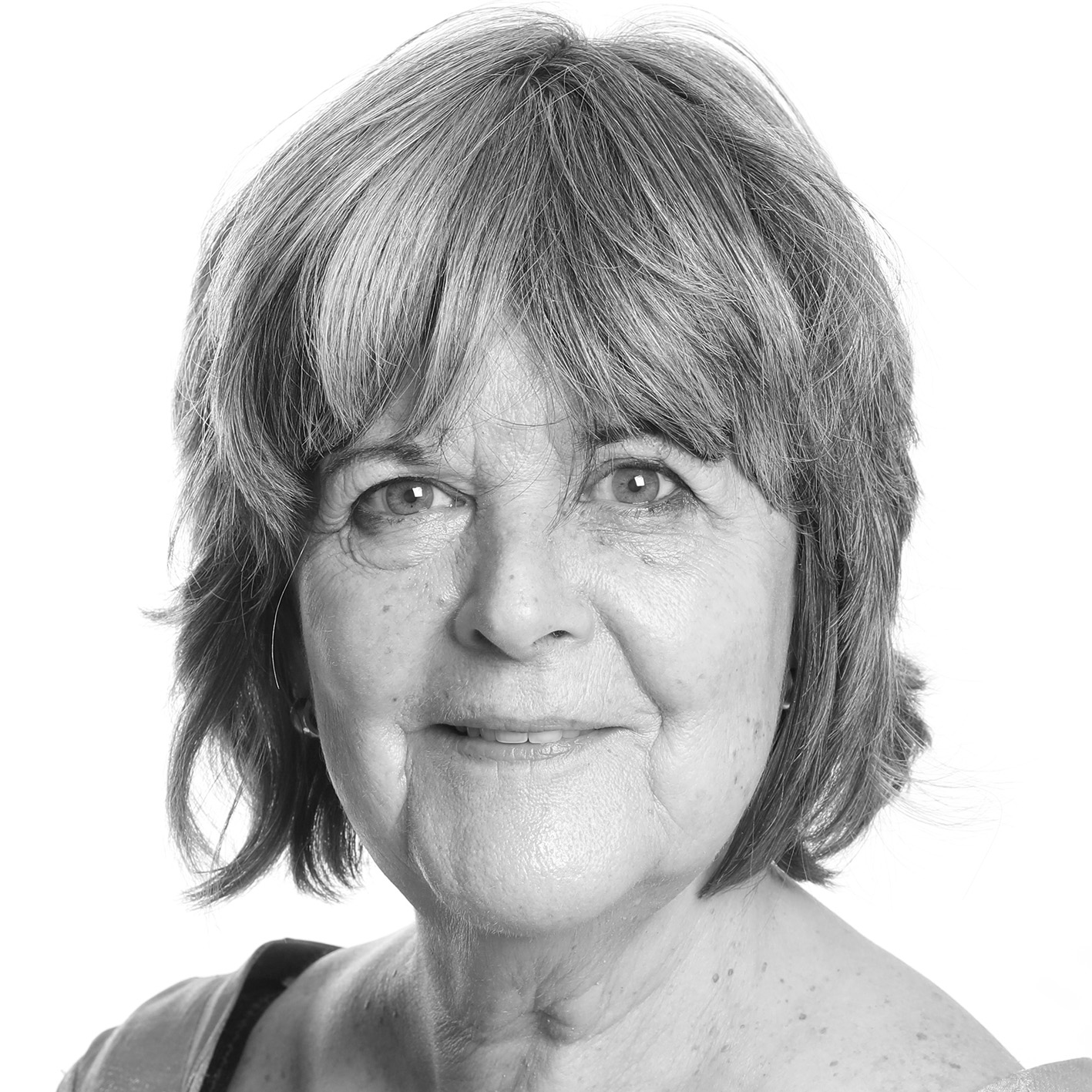Here was the promise of a double punch from the States. A forceful American actress in a drama by a heavyweight American playwright. The good news is that Susan Sarandon is vivid: a relief for those of us braced to watch yet another movie star jetting across the Atlantic to suck the life out of a piece of theatre. The disappointment is the play: Mary Page Marlowe pulls off some skewering moments and provides cameo opportunities for some well-cast actresses, but it is skimpy fare.
The playwright and actor Tracy Letts, who is currently working on a musical (Fire and Rain) with James Taylor, has written a drama that could have been designed to contrast with the roistering rollercoaster that made him famous. August: Osage County, seen at the National in 2008, has a large cast, a long running time and an ironic take on earlier big American plays: it pivots on a family reunion, but with twists. In one scene, a Native American, reading TS Eliot, wears a locket containing her dried umbilical cord.
There are no umbilical cords, indeed hardly any ties that bind, in Mary Page Marlowe, which is smoothly directed by Matthew Warchus in his final year as head of the Old Vic. In 11 short scenes, the play does not so much follow as dismember the life of a 21st-century white American woman. Five actresses take the part of the heroine, a high-flying, drink-addicted accountant: none of them are lookalikes. The episodes – in which Mary is seen from the ages of 12 to 69 – are chronologically jumbled; consequence and cause are dislocated.
Pressed closer to the action than usual at the Old Vic, where the stage has been reconfigured in the round, the audience learns that a marriage has ended before seeing the couple sharing their lives, and hears of a criminal offence in advance of knowing about the behaviour that led to it.
Rob Howell briskly creates a series of distinctive interiors by tiny adjustments: a scatter of primary-coloured crockery in a scene with children; a bonsai tree in an analyst’s room. A small space is, like the heroine, the same but not the same.
The points land, made not by declaration but by structure. Life makes us strangers to our former selves. We are not, probably, able to change the people we become by the decisions we make. As a student, Mary sets out to divine her future by consulting the tarot. As a 60-year-old, she squabbles agreeably with the best of her several husbands about whether truth is being manipulated when they rewind or fast forward the events on a video machine.
A quilt – that useful badge of feminism – is produced and has all Mary’s many hands laid on it in the concluding scene, aptly but too obviously announcing that the varied bits of our life are stitched together, not seamlessly. The audience leaves the theatre to Emmylou Harris’s You Don’t Know Me.

‘She might have sprung from a Claude Chabrol movie’: Rosy McEwen is ‘alluring and impermeable’ in the role of Mary in Mary Page Marlowe
Where, though, is the flesh on this nimble skeleton? And where the intricacy? Pretty much every circumstance an American woman might dread lands on Ms Page Marlowe: she suffers a mother who is a stranger to encouragement, a bitter divorce, alcoholism, the disappearance of a child. There are conquests as well as crises, but the lack of daily detail – a scene at a dry cleaner’s is exotic in its ordinariness – means that Mary becomes an approximate figure: not so much mysterious as generic.
Performances elevate the evening. Sarandon – playing the heroine at 59, 63 and 69, from happy partnership to widowed immobility – is completely at ease: no tiny screen acting but no stiff stage overcompensation either. Burnished but challenged, she perfectly captures the image of a professional woman who is confident but constantly on edge. Andrea Riseborough could be Sarandon’s shadow: the woman who is splitting up, being sent down. She doesn’t fling herself around but you can almost hear the life being squeezed out of her. She looks like a whipped greyhound.
There is good support from the three other Marys, not least from Rosy McEwen. She is saddled with the worst scene, where the heroine flounders while over-explaining to her analyst, who thuds back with: “Who is the person pulling the levers?” She also commands the most subtle episode. Mary is emerging from bed with her boss. In McEwen’s hands she might have sprung from a Claude Chabrol movie: pinning back her hair, guarding her secrets, she is alluring and impermeable. She suggests how intriguing the play’s mysteries could have been.
Mary Page Marlowe is at the Old Vic, until 1 November
Photographs by Manuel Harlan

